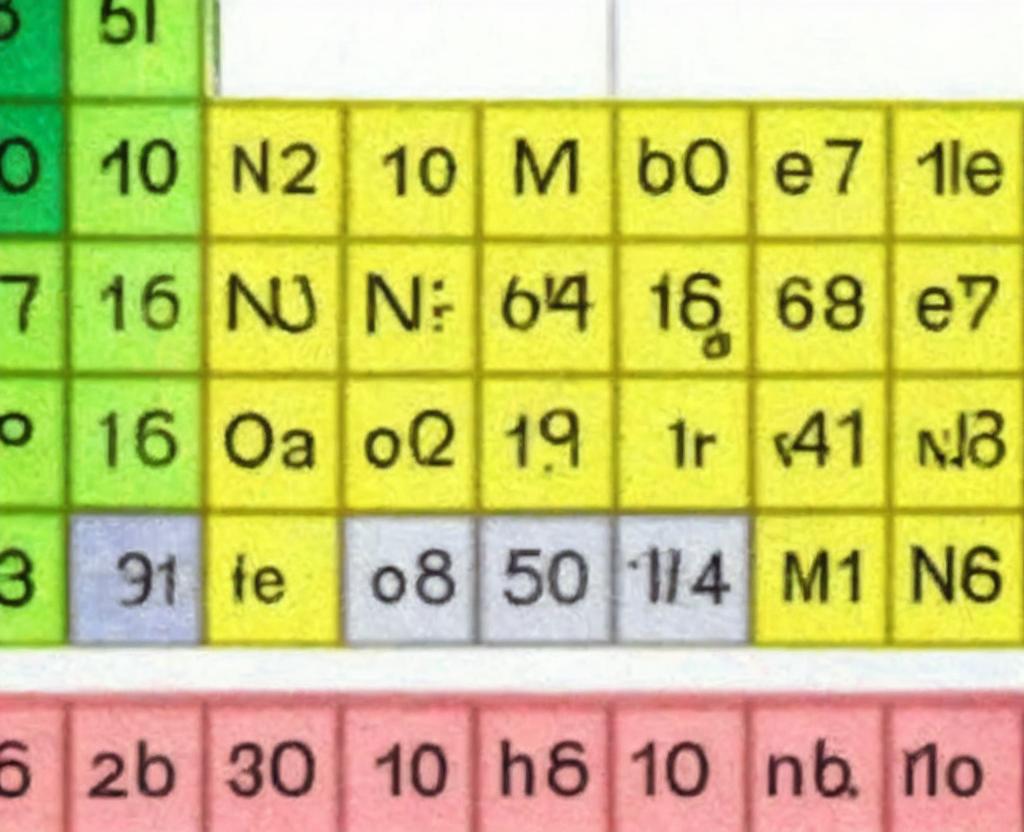When is National Periodic Table Day?
Tuesday February 7thNational Periodic Table Day commemorates the publication of the first table of elements on February 7th. In addition, we'll take a look at how the periodic table has shifted through the years.

The periodic table has existed for a long time. Science has been influenced by elements both the discovery of elements and element discovery. The ancient man was only aware of a few basic elements. Nevertheless, mankind was aware of the elements of gold, silver, copper, iron, lead, tin, mercury, sulfur, and carbon by the 1st century A.D., although by the 1st century A.D., mankind was aware of the elements of gold, silver, copper, copper, iron, lead, zinc, sulfur, and carbon. We added arsenic, antimony, phosphorus, and zinc to our discoveries over time. By 1809, there had been 47 identified elements. Johann Döbereiner was one of the first attempts to organise, and it was time to plan. He divided the elements in 1817 into triads or triads based on similar characteristics.
John newlands
One of the first tables of elements appeared on February 7, 1863, by English chemist John Newlands. According to "Law of Octaves," the known 56 elements were divided into 11 groups in Newlands' "Law of Octaves." Any element of the table would have similar characteristics to elements eight places before and behind it, according to His table.
Newlands was one of the first scientists to observe a pattern in the elements's properties, ranging the elements according to increasing atomic weight. As a result, his table was always open to new discoveries. It even predicted that future discoveries would complete the table. In fact, Newlands correctly predicted the discovery of Germanium.




